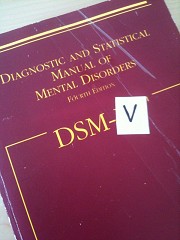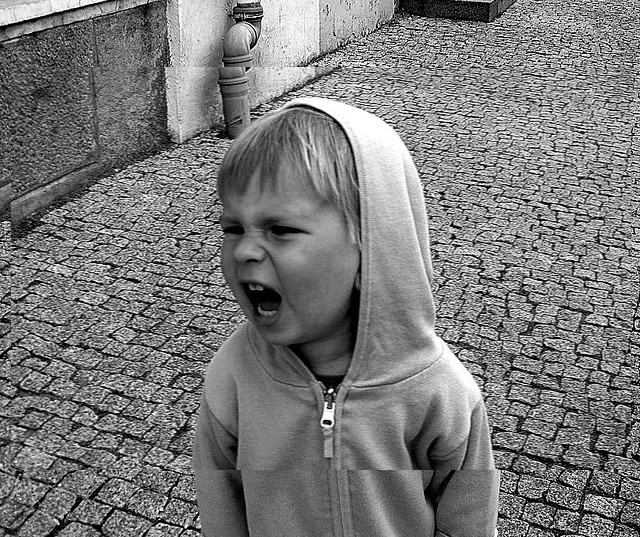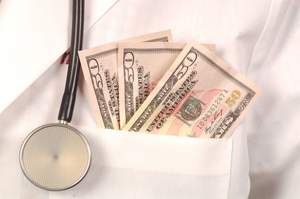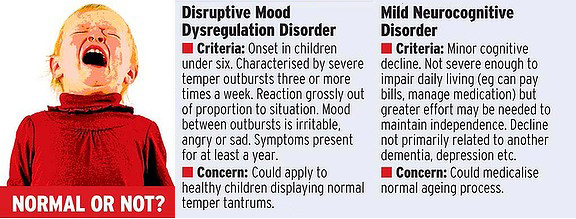
Normal behaviour, or mental illness?
Every parent of a preteen has been there: on the receiving end of sullen responses, bursts of frustration or anger, even public tantrums that summon the fear that Children’s Aid is on its way. Come late May, with the publication of the fifth edition of the Diagnostic and Statistical Manual of Mental Disorders (DSM-5), however, such sustained cranky behaviour could put your child at risk of a diagnosis of “disruptive mood dysregulation disorder.”




